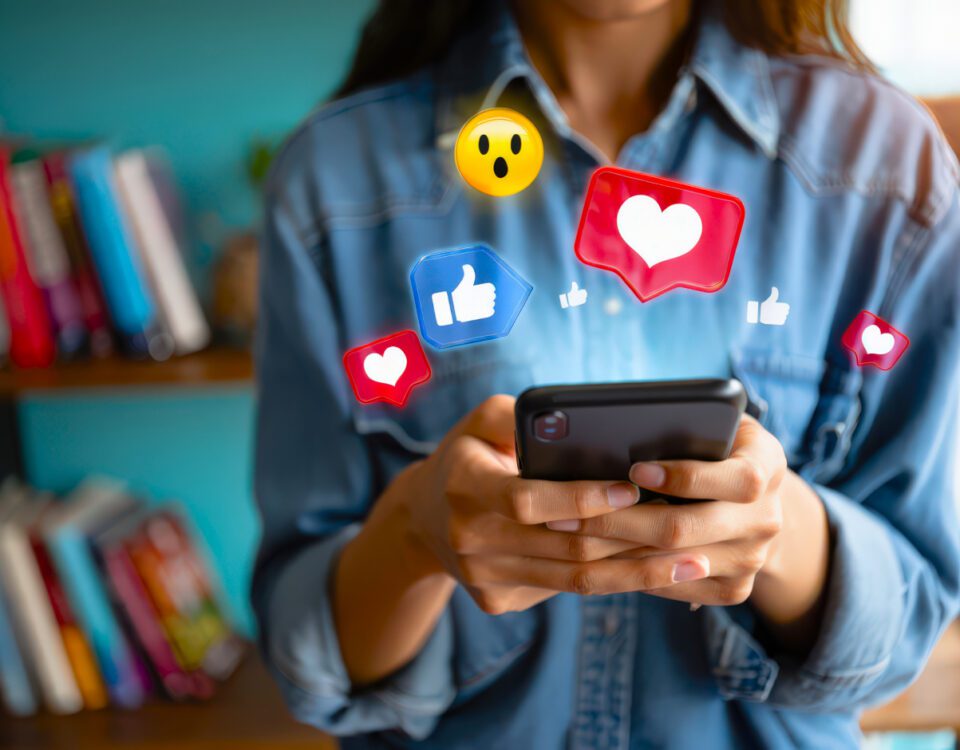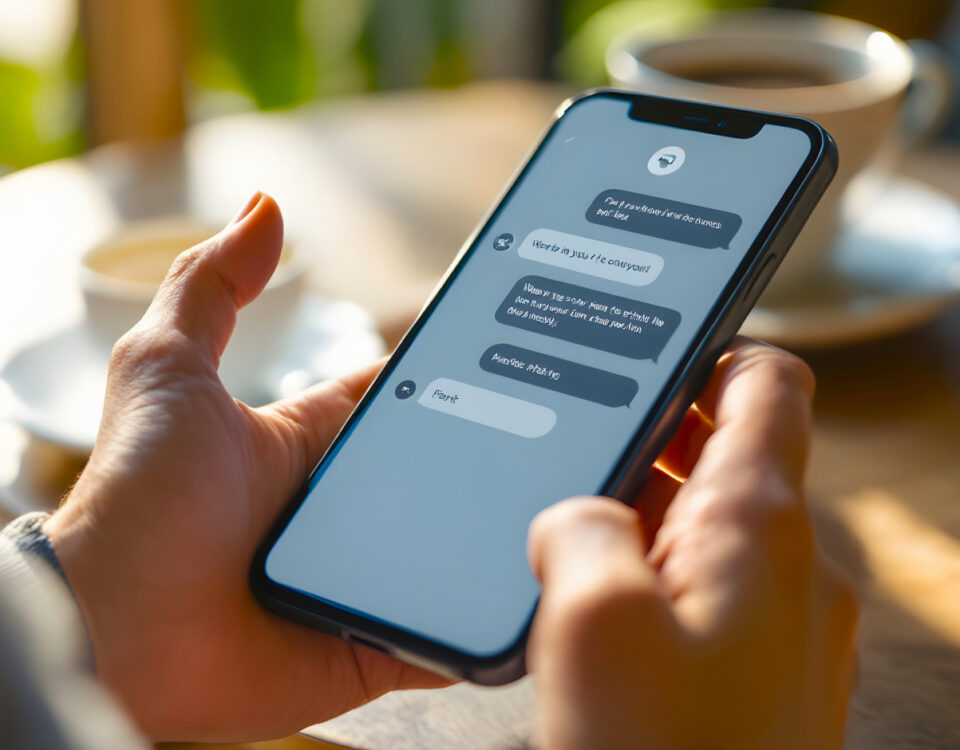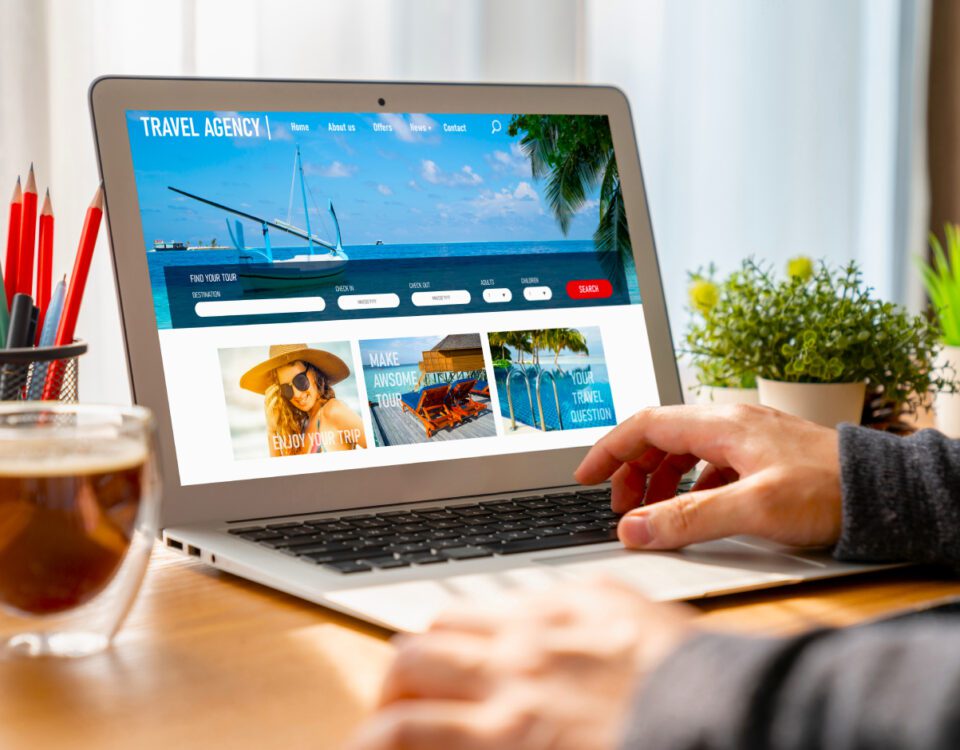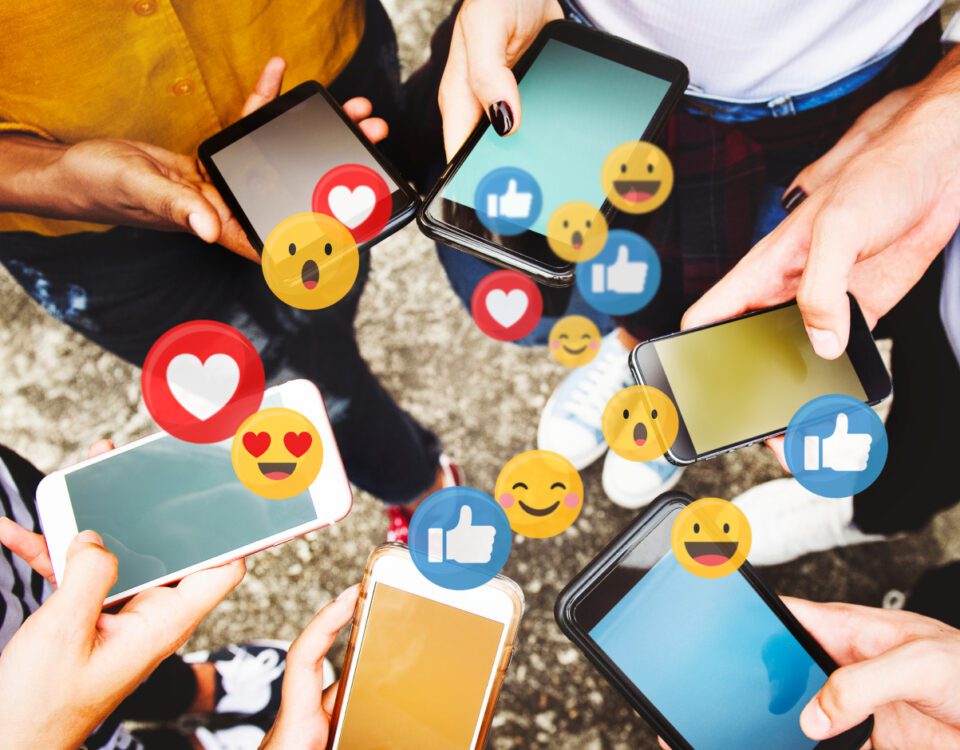
The Brand Benefits of Social Listening
Thursday 29th August
 by Beth Perrin
by Beth Perrin
Share
Social listening refers to the process of monitoring brand-related keywords, phrases, hashtags and untagged mentions across social media, and is a crucial part of community management. Remember, not everyone will tag your business directly when talking about it on social, so if you aren’t tracking mentions of your brand name and other relevant keywords, you could be missing out on opportunities to assist customers, resolve complaints, collect UGC and determine your brand sentiment. Today, we’re outlining why you should carry out regular social listening, how to implement it into your strategy and how it can benefit your business in the long run.
How to Conduct Social Listening
Let’s start by explaining how to carry out social listening. It’s best to use a dedicated tool so that you can receive an alert whenever your chosen keywords are mentioned in a post - the majority of social media management platforms including Sprout Social, Hootsuite and Brandwatch offer this as part of their software. However, if your business doesn’t have access to one of these, you can also conduct social listening manually using the following steps:
1. Open up the search bar on your desired platform
2. Enter one of your desired keywords, phrases or hashtags, such as your brand name, your business location, or words relating to your industry or niche
3. Sort the results by most recent
4. Interact with any posts that present an engagement opportunity, either by liking them, responding to them, or sharing them and adding your own comment
5. Repeat on a regular basis! (We would recommend at least once daily)
Businesses with a physical location such as restaurants, hotels, cafés, pubs, retail stores and tourist attractions should also carry out location-based social listening via geotags. These are the geographical locations you’ll often see beside or below a person’s username on their social media posts (or as a sticker on a Story). When you click or tap on a geotag, you’ll be taken to a page where you can see all of the posts that have been tagged there. This allows you to find and interact with any content shared by visitors to your business location that you may not have found via regular keyword monitoring.
Geotagging is available on the following social platforms:
• Facebook (known as ‘Checking in’)
• X
Additionally, you can set up Keyword Alerts for Facebook Groups, so if you have a Group for your brand’s fans, you can receive notifications when specific words and phrases are used in your community.
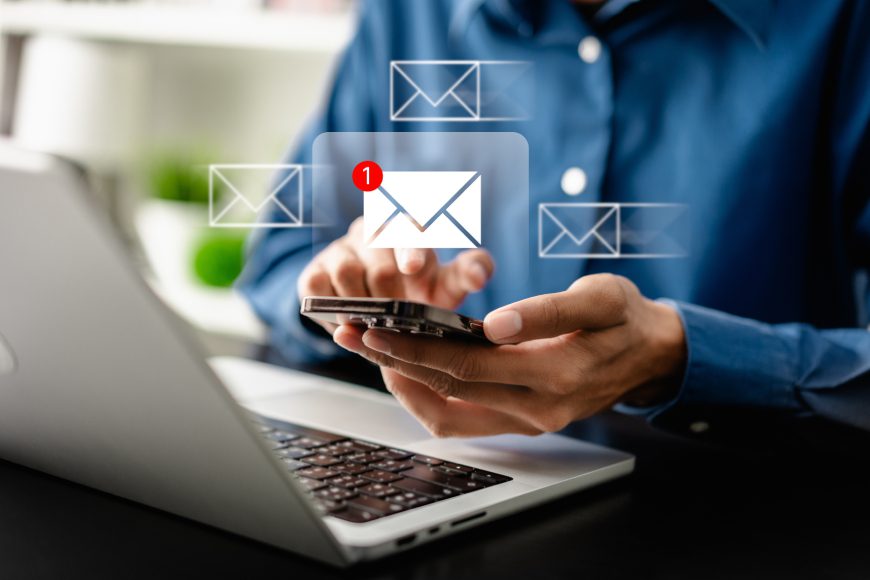
Social Listening Benefits
Find Untagged Mentions
Without a social listening strategy in place, you’ll only be notified of direct mentions (aka when a user specifically tags your brand using its @username). Adding your business name to your list of tracked keywords - as well as any common misspellings or alternative nicknames - means you can keep an eye on posts that contain indirect mentions too, opening up lots more possibilities to discover what’s being said about your brand.
Additionally, monitoring untagged comments can help you find out if your brand is being mentioned on any social platforms on which you don’t currently have a page. For example, you may not have an Instagram account for your business, but your social listening results might reveal that lots of Instagram users are discussing your brand on the platform, suggesting that it’s time for you to open an account and be where your fans are.
Crisis Detection
More than a third of businesses that have experienced an online crisis recognise that they need to do more to identify them, so if you’re lacking confidence in your current crisis detection process, you’re not alone. Social listening is a good way to catch the beginnings of a potential crisis, such as a serious customer complaint or a false allegation from an unhappy ex-employee, allowing you to step in and handle the situation before it spirals out of control and damages your brand reputation. Things can escalate quickly if there’s nobody available to take action, so being able to respond in the early stages can prevent negativity from snowballing into a PR disaster for your business.
Industry Trends
Your social listening process shouldn’t only include terms and phrases that are specific to your own brand - it’s important to keep track of wider industry trends too, by monitoring a selection of more general keywords that relate to your sector. Finding out what’s going on in your industry as a whole can help you implement further improvements to your business.
Competitor Monitoring
Social listening can also show you where your competitors’ strengths and weaknesses lie, therefore highlighting any gaps in the market for you to take advantage of. Add your competitors’ brand names and product names into your listening roster to find out what people are saying about them, then compare how people talk about your brand with how they talk about others in your industry. Are they offering products, services or experiences that you aren’t?
UGC Collection
Collecting UGC (user generated content) is another huge benefit of social listening. Regularly checking for untagged mentions and monitoring your geotag, predominantly on visual platforms like Instagram, will allow you to find photos and videos taken of your product or location, which you can then repurpose into posts for your own page. Just remember to ask permission first before downloading other users’ content, and always make sure to tag and/or credit the original poster when sharing their media.
86% of people (and 92% of Gen Z specifically) say they’ve become interested in a specific place after seeing UGC about it, so it’s a highly influential tool for enticing new customers to visit your business. Plus, sharing customers’ content makes them feel special and valued, creating a sense of collaboration and involvement with your brand.
Social Listening Examples
Let’s take a look at some social listening examples from brands to see how they’re using keyword monitoring to find and interact with customers and fans. In the post below, the customer didn’t tag Oreo’s account - but the brand was still able to respond with a fun message thanks to monitoring the word ‘Oreos’ on X.
always here for you
— OREO Cookie (@Oreo) August 21, 2024
Similarly, despite not being tagged, Doritos picked up the following post from a customer who was craving their product, enabling them to send a reply and show that they’re attentive to their audience’s wants and needs.
i dig it
— Doritos (@Doritos) August 23, 2024
Here, Canva was able to identify an untagged enquiry from a customer regarding an issue with their platform as it included the keyword ‘Canva’, allowing a representative to step in and ask the customer to send a DM with more details.
Nous sommes là pour vous aider, Amande ! Avez-vous toujours des problèmes ? Envoyez-nous un MD avec des captures d'écran ou des enregistrements d'écran pour que nous puissions vous aider davantage ! https://t.co/YbvBibapOi
— Canva (@canva) August 28, 2024
Likewise, as a result of monitoring the hashtag #sainsburys, Sainsbury’s found the following customer complaint and responded accordingly, despite not actually being mentioned in the post.
Hi Linda. I'm sorry for the issue on the order. For security, can you confirm the full name, full address and email address? Please use the link below to DM us. I'll feed this back for you. Thanks, Shezad https://t.co/MdMtnTlX6H
— Sainsbury's (@sainsburys) August 26, 2024
Summary
Conversations about your brand are happening online all the time, but customers and fans won’t always tag your brand directly - that’s why social listening is the perfect accompaniment to your regular inbox monitoring. If you don’t have the time or resources to carry out this task yourself and need a helping hand from a dedicated team of Community Management experts, check out our Social Listening service to learn how we can track all of the content that’s being posted about your business, pick up any PR issues before they gain traction, find impactful UGC and connect with prospective customers to grow your community.




